
Marijuana is the dried flowers of the cannabis plant Cannabis sativa that is used as narcotic drugs or for medical purposes. The female plant contains more cannabinoids and tetrahydrocannabinol, from which an effective medicinal oil is obtained. This oil, like other products, has been shown to be very effective in treating various conditions and diseases such as cancer, psoriasis, Alzheimer’s disease, multiple sclerosis, depression, anxiety, and many others. However, the use of cannabis for medical purposes is still banned in some countries.
How can I get medical marijuana?
Make sure medical marijuana is available in your state. Many states are making progress with medical marijuana programs, but it is not available everywhere. In any case, this medicine is something you will only be able to get with a prescription. This means that you will have to go for a detailed examination by a doctor, as well as apply for a registration card. However, the good news is that now, you can also apply for a medical marijuana card online without having to leave your home. If you’re a resident in states where medicinal cannabis is legal, like Texas, you can click here to obtain your card quickly and easily.
Cannabinoid preparations are dispensed exclusively in a pharmacy, on a prescription prescribed by a selected doctor in primary health care, where the cost of the drug is borne by the patient, without the possibility of reimbursement by the health insurance institution, as it is adjuvant therapy.
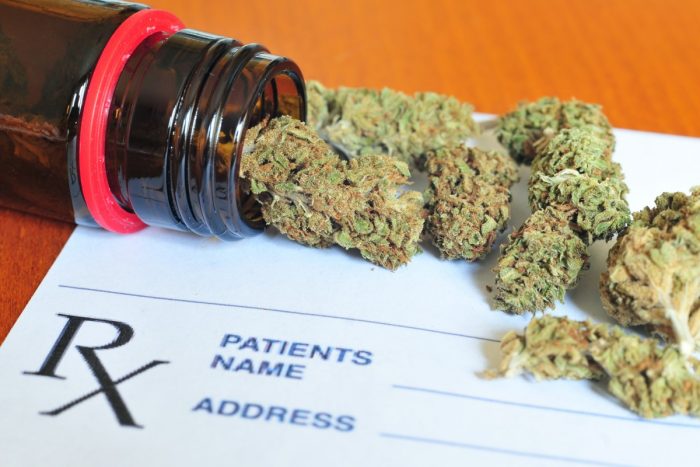
What is it that can stop me from getting a card?
Although the law varies from state to state, some conditions are more or less the same, and that is that you must be of legal age and have been (you or your guardian) residents of that country for more than a year. The same goes for the parents of a minor child. You can check here to learn more.
Controversy
Since marijuana was banned and consumed in most countries of the world until recently, because it was classified as a more or less dangerous drug, its possible medicinal properties have not yet been well researched. The legalization of marijuana consumption for medical purposes, and in some countries for recreational purposes, should change this and open opportunities for better, more extensive, and longer-lasting studies of both its beneficial and harmful effects.
States where medical marijuana is legally approved
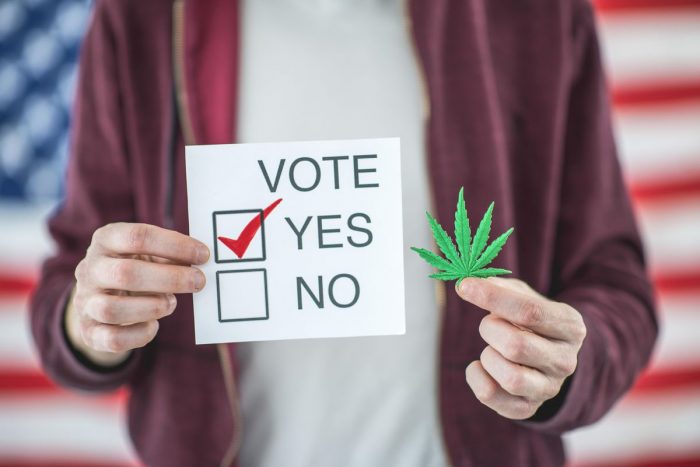
In the US, cannabis can be consumed by people suffering from severe diseases, in order to reduce physical pain. In some European countries, such as the Netherlands, hemp is decriminalized. The countries that have approved its implementation are several states in the United States, Canada, Mexico, Argentina, Portugal, Jamaica, Ecuador, Uruguay, Peru, North Korea, Israel, Czech Republic, Slovakia, Poland, Romania, Spain, Belgium, France, Germany, Italy, Austria, Slovenia, Switzerland, Netherlands, Sweden, Finland, Denmark, Great Britain, and Croatia.
Marijuana has more and more fans around the world, and many of them are struggling to make it legal. Research has been underway for years to prove the positive, or negative effects of cannabis on humans, but experts have not yet reached a consensus. Although we have already said that it helps in alleviating and treating some diseases, marijuana also has negative effects on the body, and one of them is blocking the formation of memory. Blocking memory formation can cause cognitive impairment in adulthood, at least in animals. The positive thing is that marijuana can slow down the development of Alzheimer’s disease. It can also happen that THC plays a little with balance, as well as you get nauseous. Fortunately, these side effects pass quickly.
Hemp vs marijuana
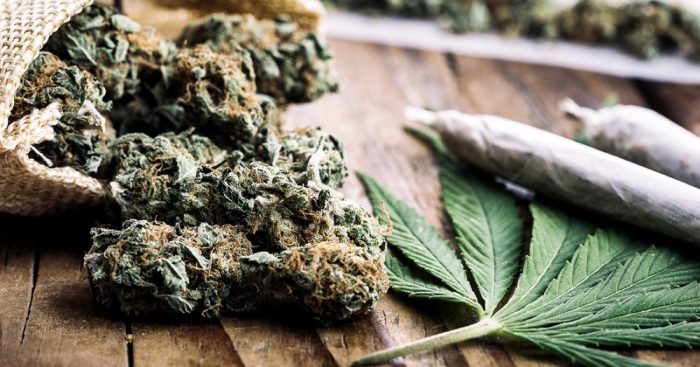
The main, and probably the only difference between these two plants is that industrial hemp is obtained exclusively from the Cannabis Sativa plant which contains a low concentration of THC, while marijuana is grown for the purpose of increasing the THC concentration.
A large increase in the use of marijuana for recreational, medically non-indicated purposes has led to it marijuana has a bad reputation, and it is beginning to be associated with crime and addiction, and its therapeutic options, although very broad, fall into the background. Its use begins legally restricted, and persons using it are viewed through a negative prism. In recent years, interest in the possible use of marijuana and its preparations for therapeutic purposes has grown again because science and the judiciary can no longer ignore the great number of patients who claim marijuana helped them heal when they were conventional drugs failed. There is an increasing number of impact studies on cannabinoids, the active components of marijuana, to various diseases, and some countries of the world already enabled patients to legally, with a doctor’s prescription, obtain medical attention marijuana.
Methods of medical marijuana application
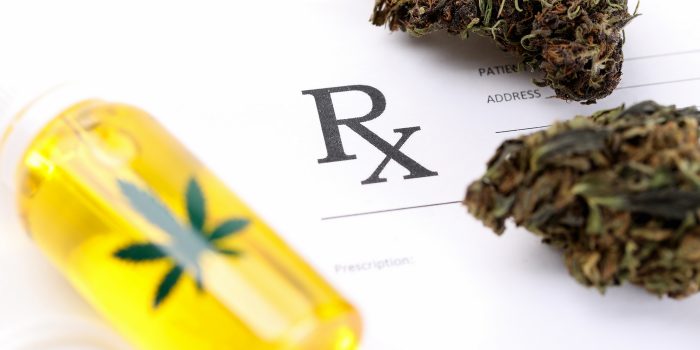
In states where the use of marijuana for therapeutic purposes is permitted by law, marijuana is available in a variety of forms, leaving the patient with the option to be alone or with consultation with a doctor selects the form that is most effective for him and his disease.
Smoking is the most common method of using marijuana because the effect occurs quickly and the patient himself determines the dose he needs to achieve the desired therapeutic effect.
As an alternative to smoking marijuana, the use of vaporizers is advised. It’s an evaporator a device that gently heats marijuana, and the heating temperature is determined digitally. This method of application results in the production of a small amount of harmful by-products in relation to marijuana smoking.
Also, in states where medical use of marijuana is legally permitted, pharmaceutical companies have developed drugs that contain natural or synthetic cannabinoids.
Final thoughts
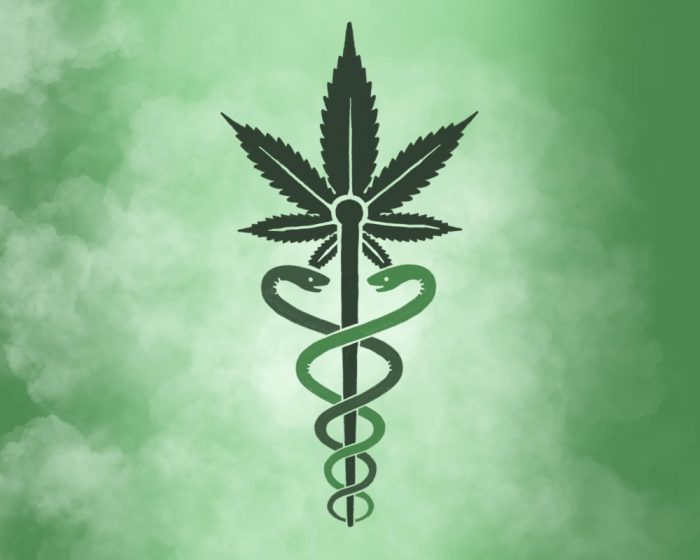
Marijuana has been used for thousands of years as a medicine to relieve pain, nausea, vomiting, cramps, and many other diseases and conditions. Numerous studies have proven its effectiveness, sometimes even superiority over conventional drugs, but it is still for a large number of patients unavailable.
Although marijuana is extremely safe when used in moderation, the possibility of occurrence more severe side effects increases with the length of administration and the dose administered. Since its medical application has only recently taken root in more developed countries, there is no data on the long-term effects of its application. The amount of scientific evidence on the effectiveness of marijuana in treating various diseases growing every day.








